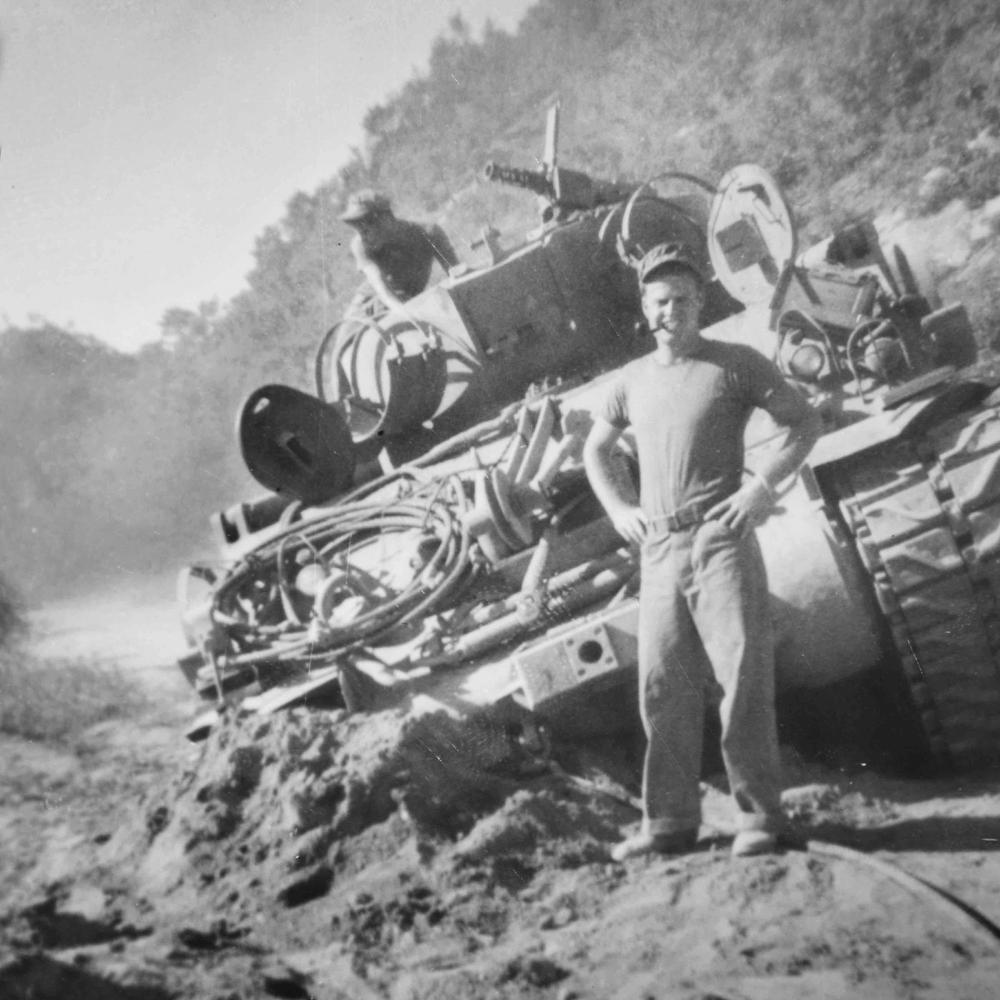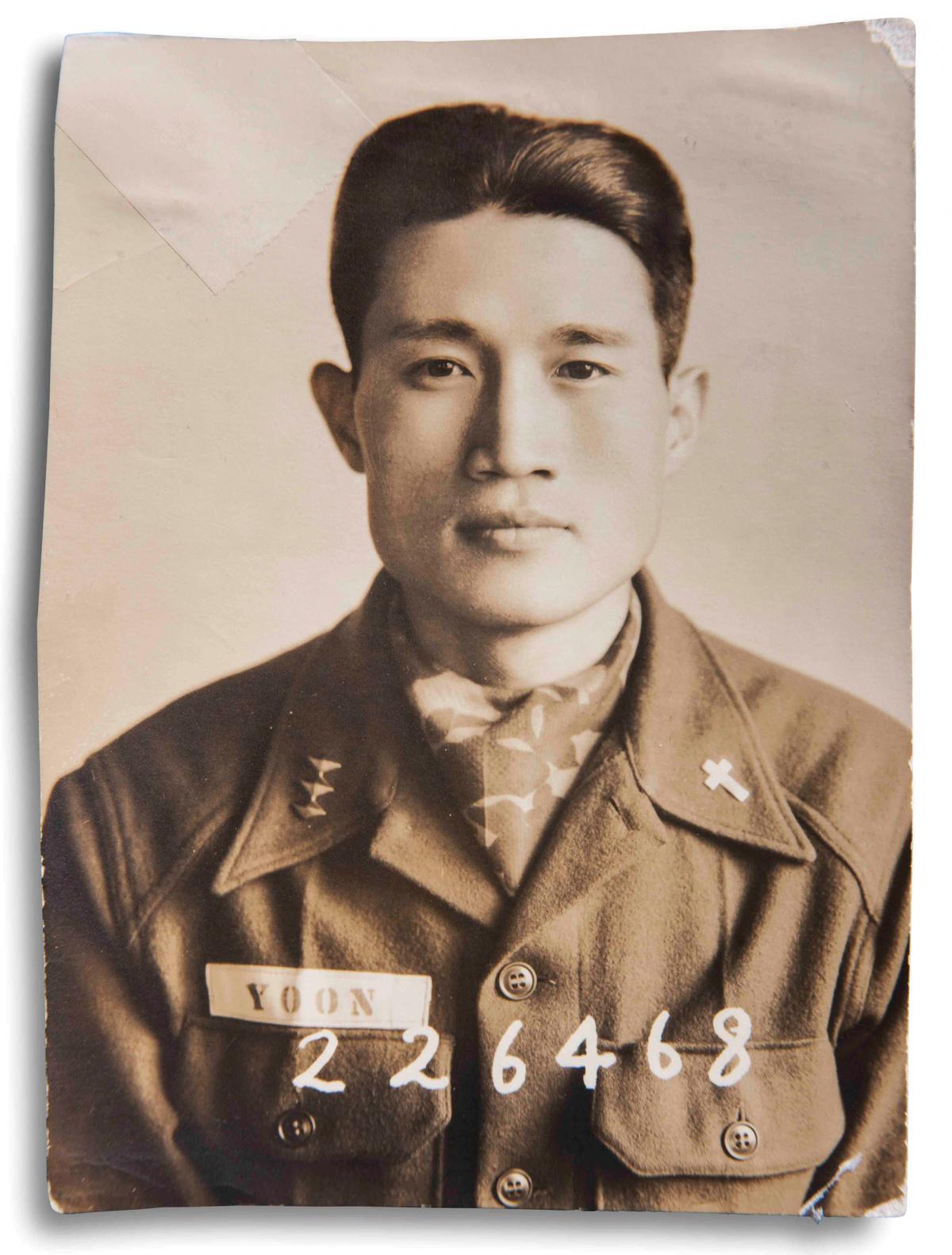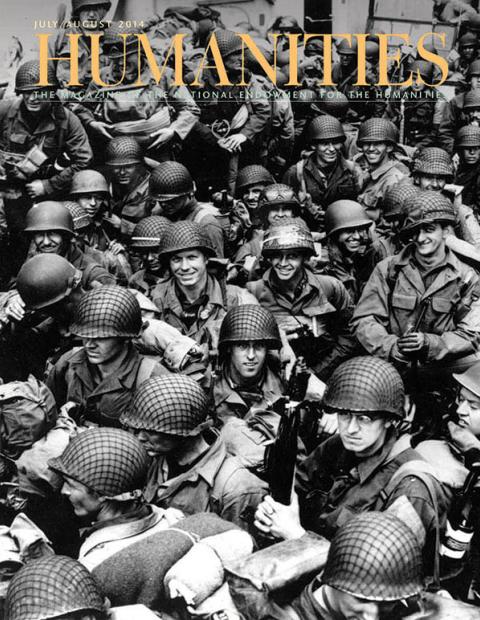"It was all about the drapes,” says writer Susan Straight, describing what kept her coming back to The Treasure Chest, a store in Air Force Village West, a military retirement community in Riverside. Military families leave behind all the merchandise in the store, from board games to dishware, and all proceeds go toward improving Village West.
The writer of eight tenderly dark novels mostly set in fictionalized versions of her hometown, Straig ht has lived in Riverside, a midsized city sixty miles east of Los Angeles, nearly all her life, leaving California only briefly for graduate school. She has seen many military families relocate against their wills over the years. As a child, she remembers a crying friend being pried by her mother from the palm tree she had wrapped her arms around to resist moving to some far-off Midwestern base.
So the story of Georgia Dubar, who now volunteers at The Treasure Chest and who kept packing up the same drapes again and again each time her family moved, hoping they would fit the windows of the next place, resonated with Straight’s idea of the military wife as reluctant itinerant. “Twenty-six moves in thirty-four years and they never fit,” said Dubar. Straight included that quote in the text she wrote about the store and the women who work there for the Cal Humanities exhibition, “Wild Blue Yonder” that she and photographer Douglas McCulloh staged at the Riverside Art Museum (RAM). The exhibition chronicles Riverside’s deep connection to the military through wall texts paired with groups of photographs.
McCulloh accompanied Straight each time she went to The Treasure Chest, and his photographs of the women there, like globe-trotting First Lieutenant Connie Henderson, hang to the left of Straight’s words. The two have been collaborating for three years now. They began working together after Straight wrote an essay for a show of British landscape painter John Constable’s art at The Huntington Library in San Marino.
Straight had compared Constable’s connection to River Stour in Kent to her own connection to the Santa Ana River. McCulloh, a second generation Southern Californian with an interest in chance and history, had been enlisted to photograph her by her river. They discovered their shared interest in stories of Riverside, an area McCulloh compares to a fertile, rarely visited stream. “We’re like the lucky people who end up where no one else fishes,” he says.
When public television station KCET asked Straight to write for its “SoCal Focus” blog, she said she would if she could work with McCulloh. At first, she would go out in search of local stories, and he would later go photograph what she found. Then, in February 2012, they went together to the Coachella Valley to research date farming. They realized having chance encounters as a team worked better than venturing out alone.
When they proposed their first exhibition, which opened at RAM in April 2013, they focused on Riverside’s Eastside, the rougher, more diverse side of town where Straight grew up. But in preparing that exhibition, they became convinced that the nearby March Air Reserve Base deserved special attention. “Over and over again, we heard the same story,” says McCulloh, recounting all the people who described coming to the area because of their own military service or a family member’s and then staying.
Straight and McCulloh began planning their second exhibition before the first one closed. Kathryn Poindexter, RAM’s exhibition liaison, says the museum saw the project as documenting and educating people about the region’s history.
The exhibition has a fairly wide range: One story focuses on nail salons opened by Vietnamese refugees who ended up in Riverside after the Vietnam War, one on a World War II veteran’s presentation to his church men’s group, and another on a Korean War veteran and a Korean refugee who were apparently on the same road to Seoul at the same time so many years ago. Straight’s texts have little resemblance to the captions or descriptions that might appear in magazine photo essays. They dwell on feelings—the wistfulness in voices, or the way people move their hands as they work and talk.
Most image groups include photos McCulloh took himself—clear, colorful images of a man at a memorial for his long-dead friend or of the fierce ladies of The Treasure Chest standing amidst their merchandise, as well as some historical or personal photographs subjects provided. “As a photographer, I’m omnivorous,” he says, “and my favorite photo has always been someone else’s.”
One particular group includes no photographs by McCulloh, and the accompanying text refers to no one by name.
This story, perhaps the most harrowing because it happened so recently, is one McCulloh and Straight came across by accident. They had gone out to the March Field Air Museum and were looking at helicopters with a man who started telling them about his son-in-law, how he had been evacuated from Iraq by a Black Hawk helicopter after being hit by mortars on his way to dinner, then sent home on a commercial flight with shrapnel still inside of him. He couldn’t even move his arm well enough to take off his boots in the airport security line, and he set off metal detectors.
The father explained how his daughter had gotten a call about the explosion, telling her that it was not known whether her husband had survived. She collapsed on the floor. “That’s not protocol,” the father told Straight and McCulloh, still furious.
“In the military, your entire life is about protocol,” says Straight, who eventually reached the daughter by phone, talking to her until nearly midnight one evening. The daughter explained how she had worn a yellow skirt to meet her husband at the airport, then taken him directly to the Camp Pendleton hospital. “‘I was so young and so naïve,’ she told me, with this sense of wonder in her voice,” Straight recalls. The girl’s mother took photographs of the couple before the young man shipped off and then at the hospital after he returned.
Straight rewrote the story six times before she felt satisfied. The couple had asked her to omit their names, and using “she” and “he” made it seem like they could be anyone. “It remained anonymous to me,” Straight says. “It needed to be the story of every wife.”



